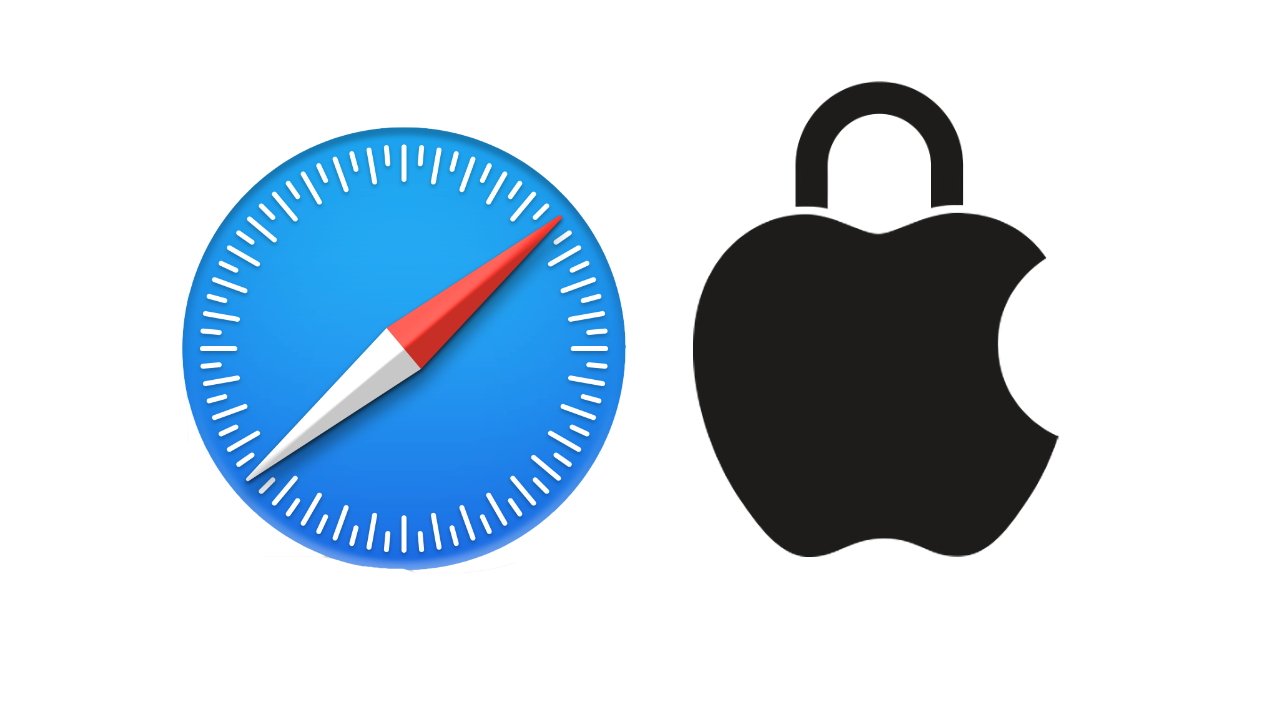Introduction
In today's digital age, our online activities are constantly being tracked and monitored. Every time we browse the web, our browsers leave behind digital footprints that can be used to uniquely identify us. This process, known as browser fingerprinting, plays a significant role in the realm of online privacy and security.
Browser fingerprinting is a technique used by websites and online services to gather information about a user's device and browser configuration. This information is then used to create a unique identifier, or "fingerprint," for the user. Unlike traditional cookies, which can be easily deleted or blocked, browser fingerprints are much more persistent and difficult to evade.
As internet users, we often take for granted the sheer amount of data that can be collected about us through our browsers. From the type of device we use to the installed fonts and browser plugins, each piece of information contributes to the creation of a distinct fingerprint. Even seemingly innocuous details such as screen resolution and time zone can be utilized to build a comprehensive profile of a user.
The implications of browser fingerprinting extend far beyond targeted advertising. In the wrong hands, this technology can be exploited for invasive tracking, identity theft, and surveillance. As such, understanding the mechanics of browser fingerprinting and learning how to mitigate its effects is crucial for safeguarding our online privacy.
In the following sections, we will delve deeper into the intricacies of browser fingerprinting, exploring its inner workings, applications, and most importantly, how to protect ourselves against its potential privacy risks. By gaining a comprehensive understanding of this pervasive technology, we can empower ourselves to make informed decisions about our online activities and take proactive measures to preserve our digital privacy.
What is Browser Fingerprinting?
Browser fingerprinting is a method used by websites and online services to gather detailed information about a user's device and browser configuration. This information is then utilized to create a unique identifier, or "fingerprint," for the user. Unlike traditional cookies, which can be easily deleted or blocked, browser fingerprints are much more persistent and challenging to evade.
The fingerprinting process involves collecting a wide array of data points from the user's browser and device. These data points can include the user's operating system, browser version, screen resolution, installed fonts, browser plugins, time zone, language settings, and more. Even seemingly insignificant details such as the user's device type and battery level can contribute to the creation of a distinct fingerprint.
By combining these diverse data points, websites can generate a unique profile for each user, allowing them to track and identify individuals across different browsing sessions and websites. This level of granularity enables websites to build a comprehensive understanding of a user's online behavior and preferences, which can be leveraged for targeted advertising, user tracking, and even user identification.
One of the most concerning aspects of browser fingerprinting is its ability to operate across different browsers and devices. Even if a user switches to a different browser or device, the fingerprinting techniques can still be used to link their online activities, potentially compromising their privacy and anonymity.
In essence, browser fingerprinting represents a powerful tool for online tracking and profiling, allowing websites and online services to gather extensive information about users without their explicit consent. As such, it is essential for internet users to be aware of the implications of browser fingerprinting and take proactive measures to protect their online privacy and security.
Understanding the fundamentals of browser fingerprinting is the first step toward empowering individuals to make informed decisions about their online activities and take necessary precautions to mitigate the potential privacy risks associated with this pervasive technology.
How Does Browser Fingerprinting Work?
Browser fingerprinting operates by collecting a wide array of data points from a user's browser and device, which are then used to create a unique identifier, or "fingerprint," for the user. This process involves gathering information about the user's device and browser configuration, including details such as the operating system, browser version, screen resolution, installed fonts, browser plugins, time zone, language settings, and more. Even seemingly insignificant details such as the user's device type and battery level can contribute to the creation of a distinct fingerprint.
The data points collected during the fingerprinting process are often referred to as "fingerprinting vectors." These vectors encompass a diverse range of attributes that can be used to uniquely identify and track users across different browsing sessions and websites. By combining these data points, websites can generate a unique profile for each user, enabling them to track and identify individuals with a high degree of precision.
One of the key principles behind browser fingerprinting is its ability to operate across different browsers and devices. This means that even if a user switches to a different browser or device, the fingerprinting techniques can still be used to link their online activities. This cross-browser and cross-device tracking capability poses significant privacy concerns, as it allows websites to build comprehensive profiles of users without their explicit consent.
Furthermore, browser fingerprinting techniques are designed to be persistent and difficult to evade. Unlike traditional cookies, which can be easily deleted or blocked, browser fingerprints are much more resilient. This persistence stems from the fact that many of the data points used for fingerprinting are inherent to the user's device and browser configuration, making them challenging to alter or conceal.
In essence, browser fingerprinting works by leveraging a multitude of data points to create a unique identifier for each user, enabling websites to track and identify individuals across different browsing sessions and devices. This level of granularity provides websites with a powerful tool for online tracking and profiling, raising significant privacy and security concerns for internet users.
Understanding the inner workings of browser fingerprinting is crucial for individuals to comprehend the extent of online tracking and take proactive measures to safeguard their digital privacy and security.
Why Is Browser Fingerprinting Used?
Browser fingerprinting is utilized for a variety of purposes, primarily revolving around tracking, profiling, and targeted advertising. Understanding the motivations behind the use of browser fingerprinting sheds light on its implications for online privacy and security.
Tracking and Profiling:
One of the primary reasons for the widespread use of browser fingerprinting is its effectiveness in tracking and profiling users across different browsing sessions and websites. By creating unique fingerprints for individual users, websites can monitor their online activities, preferences, and behavior with a high degree of precision. This level of granularity enables websites to build comprehensive profiles of users, allowing them to tailor content, advertisements, and user experiences based on the gathered data. From a business perspective, this targeted approach can lead to improved user engagement, higher conversion rates, and more effective advertising strategies.
Targeted Advertising:
Browser fingerprinting plays a pivotal role in the realm of targeted advertising. By leveraging the detailed profiles created through fingerprinting, advertisers can deliver personalized and relevant ads to users based on their browsing history, interests, and demographics. This personalized advertising approach is highly lucrative for businesses, as it increases the likelihood of user engagement and conversion. However, from a privacy standpoint, this level of targeted advertising raises concerns about user consent, data transparency, and the potential for invasive tracking and profiling.
User Identification:
In some cases, browser fingerprinting is used as a means of user identification and authentication. By creating unique identifiers for users based on their browser and device attributes, websites can recognize and authenticate returning users without the need for traditional login credentials. While this approach offers convenience for users, it also raises significant privacy and security considerations, particularly in terms of user consent, data protection, and the potential for unauthorized access to personal information.
Cross-Device Tracking:
Another notable application of browser fingerprinting is its ability to track users across different devices and browsers. This cross-device tracking capability allows websites to link a user's online activities, preferences, and interactions across various devices, creating a seamless and interconnected user experience. While this approach offers convenience and continuity for users, it also raises concerns about privacy, data sharing across devices, and the potential for extensive user profiling.
In essence, browser fingerprinting is used for tracking, profiling, targeted advertising, user identification, and cross-device tracking. While these applications offer various benefits for businesses and advertisers, they also raise significant privacy and security concerns for internet users. Understanding the motivations behind the use of browser fingerprinting is essential for individuals to make informed decisions about their online activities and take proactive measures to protect their digital privacy.
How to Protect Against Browser Fingerprinting
Protecting against browser fingerprinting requires a proactive approach to safeguarding online privacy and security. While browser fingerprinting techniques are designed to be persistent and challenging to evade, there are several strategies that individuals can employ to mitigate the potential privacy risks associated with this pervasive technology.
1. Use Privacy-Focused Browsers and Extensions
Opting for privacy-focused browsers, such as Mozilla Firefox, Brave, or Tor Browser, can help mitigate the impact of browser fingerprinting. These browsers often incorporate built-in privacy features and settings that limit the exposure of identifying information. Additionally, utilizing privacy-focused browser extensions, such as uBlock Origin, Privacy Badger, or NoScript, can further enhance protection against fingerprinting techniques.
2. Enable Tracking Protection and Anti-Fingerprinting Features
Many modern browsers offer built-in tracking protection and anti-fingerprinting features that can help mitigate the impact of browser fingerprinting. Enabling these features within the browser settings can limit the collection of identifying information by websites and online services, thereby reducing the effectiveness of fingerprinting techniques.
3. Regularly Clear Cookies and Browser Data
Clearing cookies and browser data on a regular basis can help disrupt the persistence of browser fingerprints. By regularly clearing browsing history, cookies, and cached data, users can limit the accumulation of identifying information that contributes to the creation of unique fingerprints.
4. Utilize Virtual Private Networks (VPNs)
Using a reputable Virtual Private Network (VPN) can add an extra layer of privacy protection by masking the user's IP address and encrypting internet traffic. This can help obscure the user's online activities and make it more challenging for websites to track and identify individuals through fingerprinting techniques.
5. Adjust Browser Settings and Limit Permissions
Reviewing and adjusting browser settings to limit permissions for websites, such as restricting access to location data, camera, and microphone, can help reduce the amount of identifying information that websites can gather. Additionally, disabling or limiting browser plugins and extensions can minimize the fingerprinting vectors available to websites.
6. Employ User-Agent Spoofing Tools
User-agent spoofing tools can be utilized to modify the user-agent string sent by the browser, making it more challenging for websites to accurately identify and track users based on their browser and device attributes. However, it's important to use such tools with caution, as they can potentially impact the functionality of certain websites and services.
By implementing these proactive measures, individuals can enhance their protection against browser fingerprinting and mitigate the potential privacy risks associated with this pervasive technology. It's important to stay informed about evolving privacy-enhancing technologies and best practices to adapt to the ever-changing landscape of online privacy and security.
Conclusion
In conclusion, browser fingerprinting represents a pervasive and powerful technology that has significant implications for online privacy and security. The ability of websites and online services to create unique identifiers for users based on their browser and device attributes raises concerns about invasive tracking, user profiling, and targeted advertising. As internet users, understanding the inner workings of browser fingerprinting and its potential privacy risks is crucial for making informed decisions about our online activities.
While browser fingerprinting techniques are designed to be persistent and challenging to evade, there are proactive measures that individuals can employ to protect their digital privacy. Utilizing privacy-focused browsers and extensions, enabling tracking protection features, regularly clearing cookies and browser data, and utilizing Virtual Private Networks (VPNs) are effective strategies for mitigating the impact of browser fingerprinting. Additionally, adjusting browser settings, limiting permissions, and employing user-agent spoofing tools can further enhance protection against fingerprinting techniques.
As technology continues to evolve, it is essential for individuals to stay informed about emerging privacy-enhancing technologies and best practices. By remaining vigilant and proactive in safeguarding our online privacy, we can navigate the digital landscape with greater confidence and control over our personal information.
Ultimately, the awareness and understanding of browser fingerprinting empower us to take control of our online privacy and make conscious choices about the tools and strategies we employ to protect our digital identities. By advocating for transparency, consent, and data protection, we can contribute to a more privacy-respecting online environment for current and future generations of internet users.

























